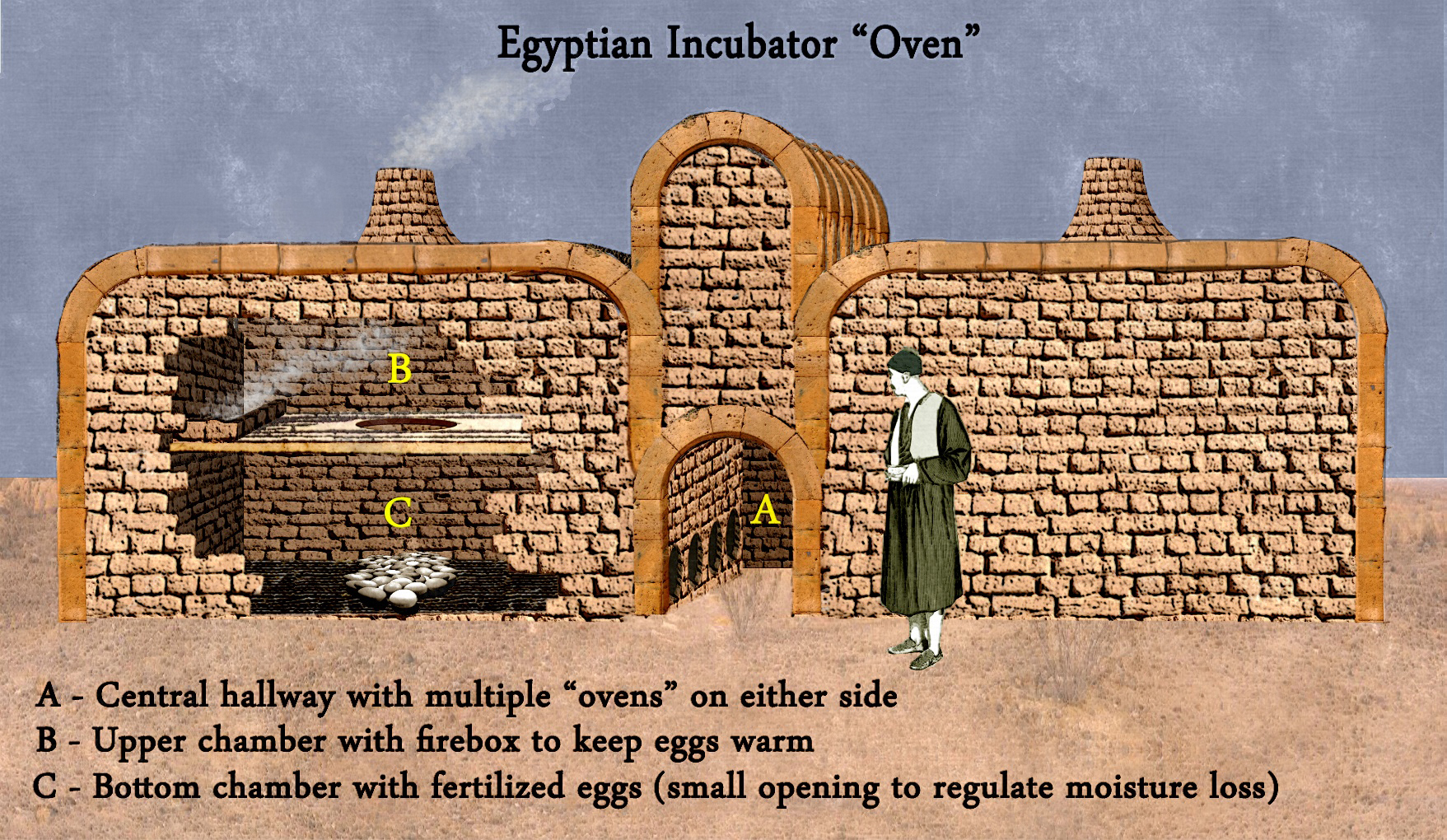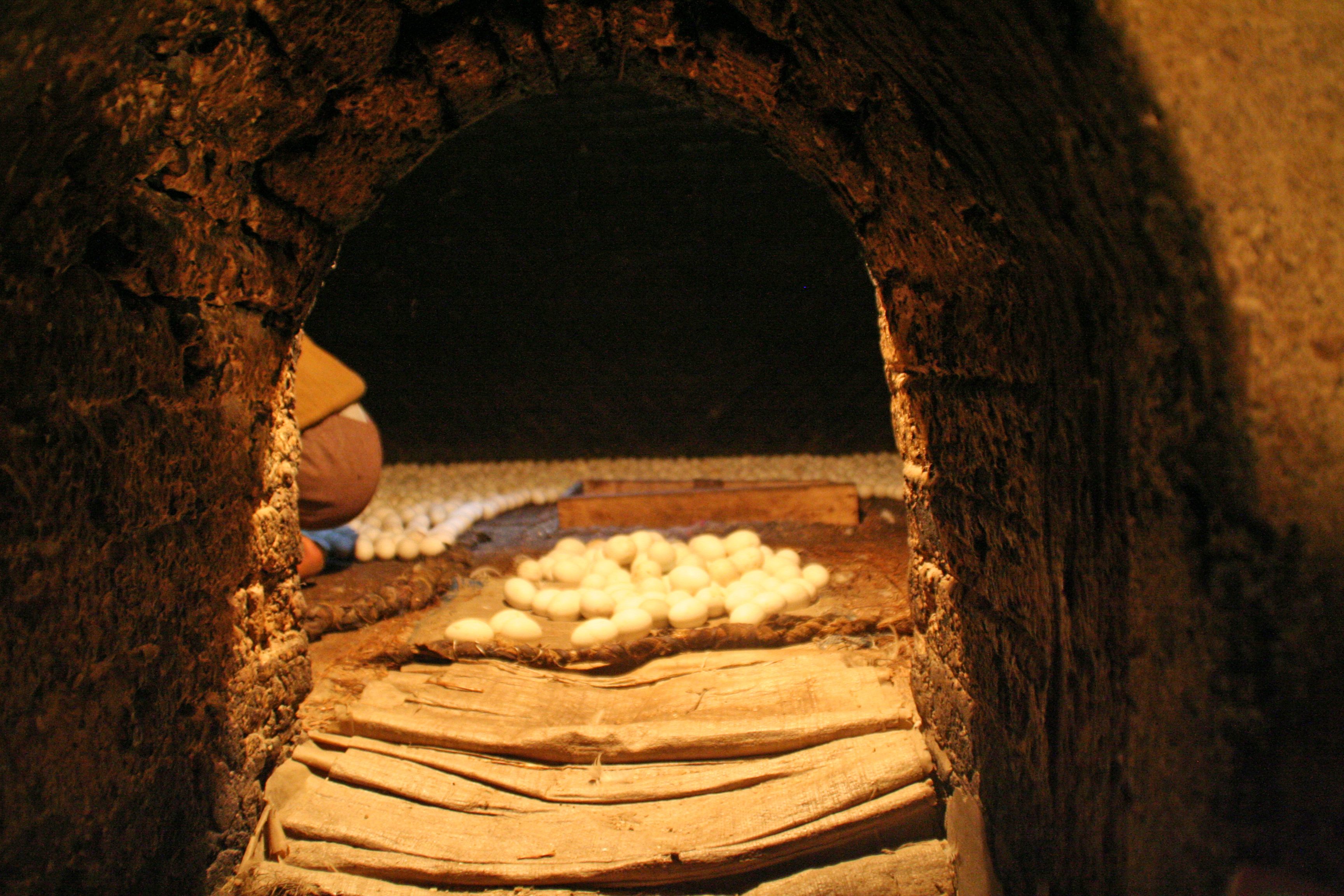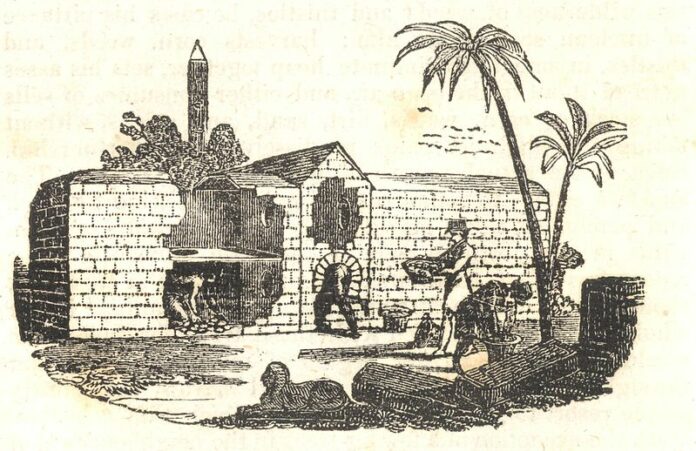The ingenuity of the ancient Egyptians has long been celebrated, with their contributions to architecture, medicine, and engineering being widely recognized. Yet, one of their lesser-known inventions—the egg oven—stands as a remarkable testament to their innovative spirit. These ancient egg incubators, designed over 2,000 years ago, are not only the world’s oldest but are still in use today. This fascinating technology has withstood the test of time, continuing to serve the same purpose it was created for millennia ago.
The Invention of the World’s Oldest Egg Ovens

Around 2,000 years ago, the Egyptians came up with an extraordinary idea—constructing enormous egg incubators that could hatch up to 4,500 fertilized eggs in just two or three weeks. These ancient mud ovens were meticulously designed to replicate the conditions under a broody hen, using artificial heat to achieve this impressive feat. Today, these structures are considered the world’s oldest man-made incubators, and the largest of them had the capacity to hold as many as 80,000 eggs at once.
Despite their monumental significance, the ancient Egyptians were very secretive about their egg ovens. The knowledge of their construction and operation was closely guarded, though the technology did eventually spread to neighboring lands. Even then, reproducing these incubators proved to be a challenge for those outside of Egypt.
Historical Accounts of the Egyptian Egg Ovens

The ancient egg ovens caught the attention of many scholars throughout history, who marveled at the Egyptians’ mastery of this unique technology. Diodorus Siculus, a Greek historian from the 1st century B.C., was so impressed by the Egyptian egg ovens that he documented their use in his work, Bibliotheca Historica. He described the Egyptian skill in raising poultry as unparalleled, noting how they could hatch vast quantities of eggs without the need for hens.
Similarly, Simon Fitzsimons, an Irish friar who visited Egypt, was amazed by the egg ovens, describing them as “supernatural.” Fitzsimons noted how chickens were generated by fire in a long narrow house in Cairo, producing so many that they could not be counted.
Perhaps one of the most detailed accounts comes from the French naturalist René-Antoine Ferchault de Réaumur, who visited Egypt in 1750. In his book Art de faire éclorre et d’élever en toute saison des oisseaux (1751), Réaumur provided an in-depth description of the egg ovens. He noted that the workers operating the ovens came from a specific village in the Nile Delta and were so skilled that they could manage the entire process without the use of thermometers—simply by checking the temperature of the eggs against their cheek or eyelid.
The Mechanics of the Ancient Egg Ovens

The ancient egg ovens were heated brick structures, designed with a central corridor that connected to multiple compartments arranged in two tiers. Each compartment could hold 4,500 eggs, placed on the ground floor. The upper and lower chambers of the oven were connected by an opening that allowed the heat from the upper chamber to warm the eggs in the incubation chamber below.
In the upper chamber, a smoldering fire made from cow or dromedary dung mixed with straw provided the necessary heat. The fire was lit twice daily, in the morning and evening, with mats partially covering the vent hole to direct hot air through the corridor. The eggs were turned daily, moved to different areas as needed to regulate their temperature, and even transferred to the upper chamber when the fire was extinguished.
The entire process was so precise that the workers, skilled artisans of their craft, could determine the optimal temperature without any modern tools. Remarkably, about two-thirds of the eggs would successfully hatch—a testament to the effectiveness of this ancient technology.
The Legacy of Ancient Egyptian Egg Ovens
Today, approximately 200 of these ancient egg ovens are still in use in rural areas of Egypt. The fact that this 2,000-year-old technology continues to function effectively is nothing short of incredible. It serves as a powerful reminder that the innovations of the past can endure through the ages, maintaining their relevance and utility even in the modern world.
Conclusion
The ancient Egyptian egg ovens are more than just an interesting historical artifact—they are a symbol of human ingenuity that has transcended time. From their secretive beginnings to their continued use in rural Egypt today, these egg incubators demonstrate the brilliance of our ancestors. The durability and effectiveness of this ancient technology offer a glimpse into the incredible achievements of the ancient world, reminding us that some ideas are so well-crafted that they remain relevant for millennia.
